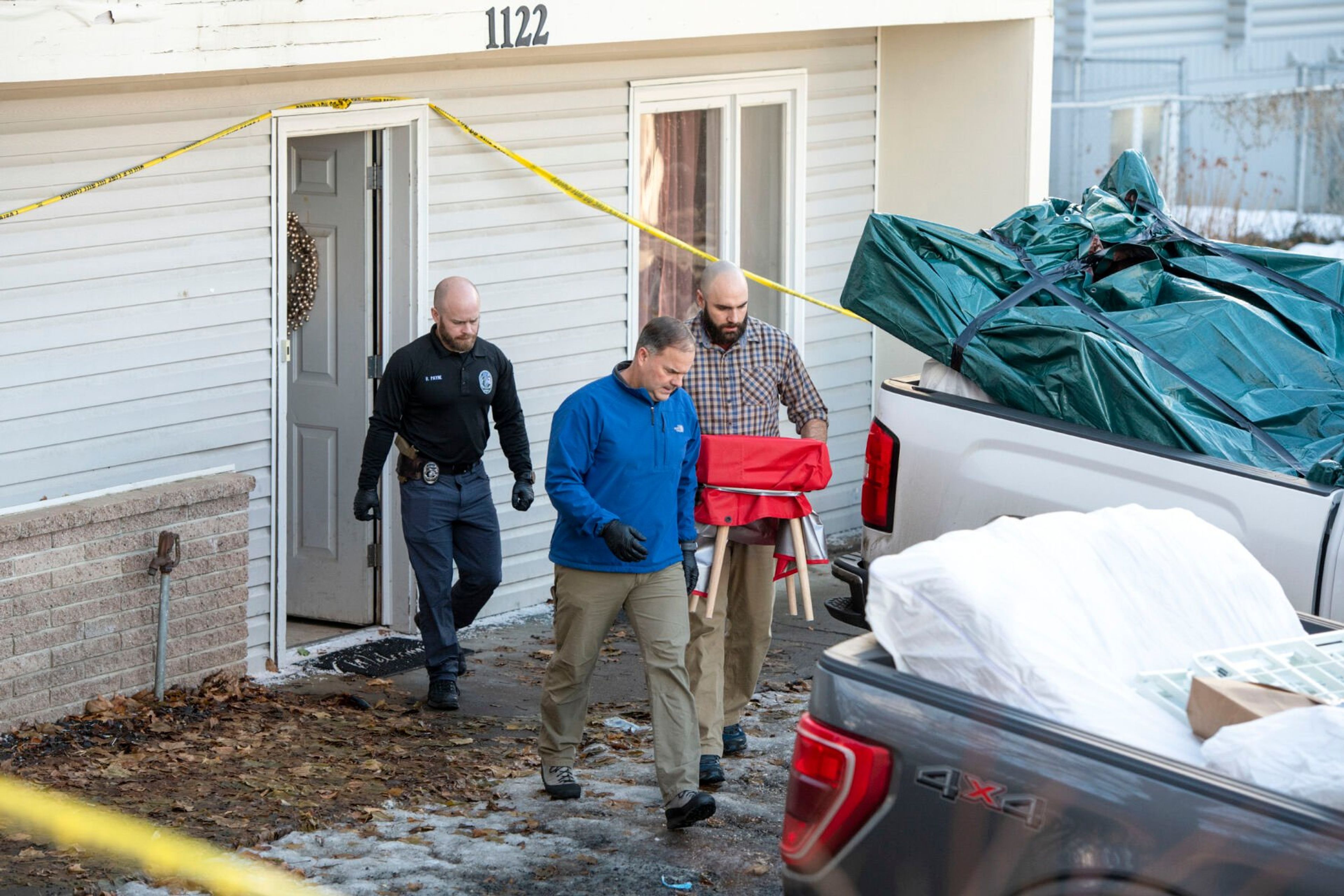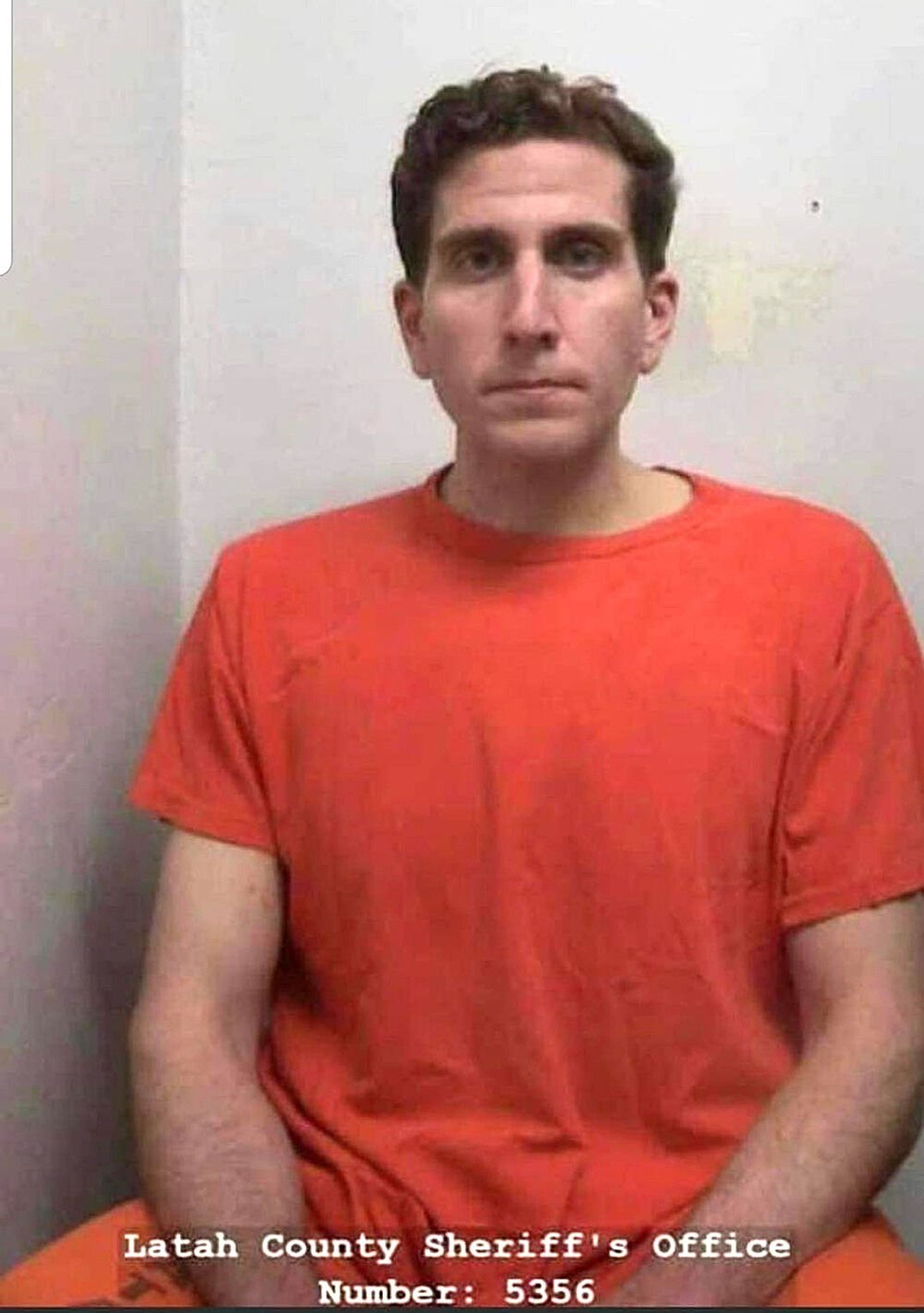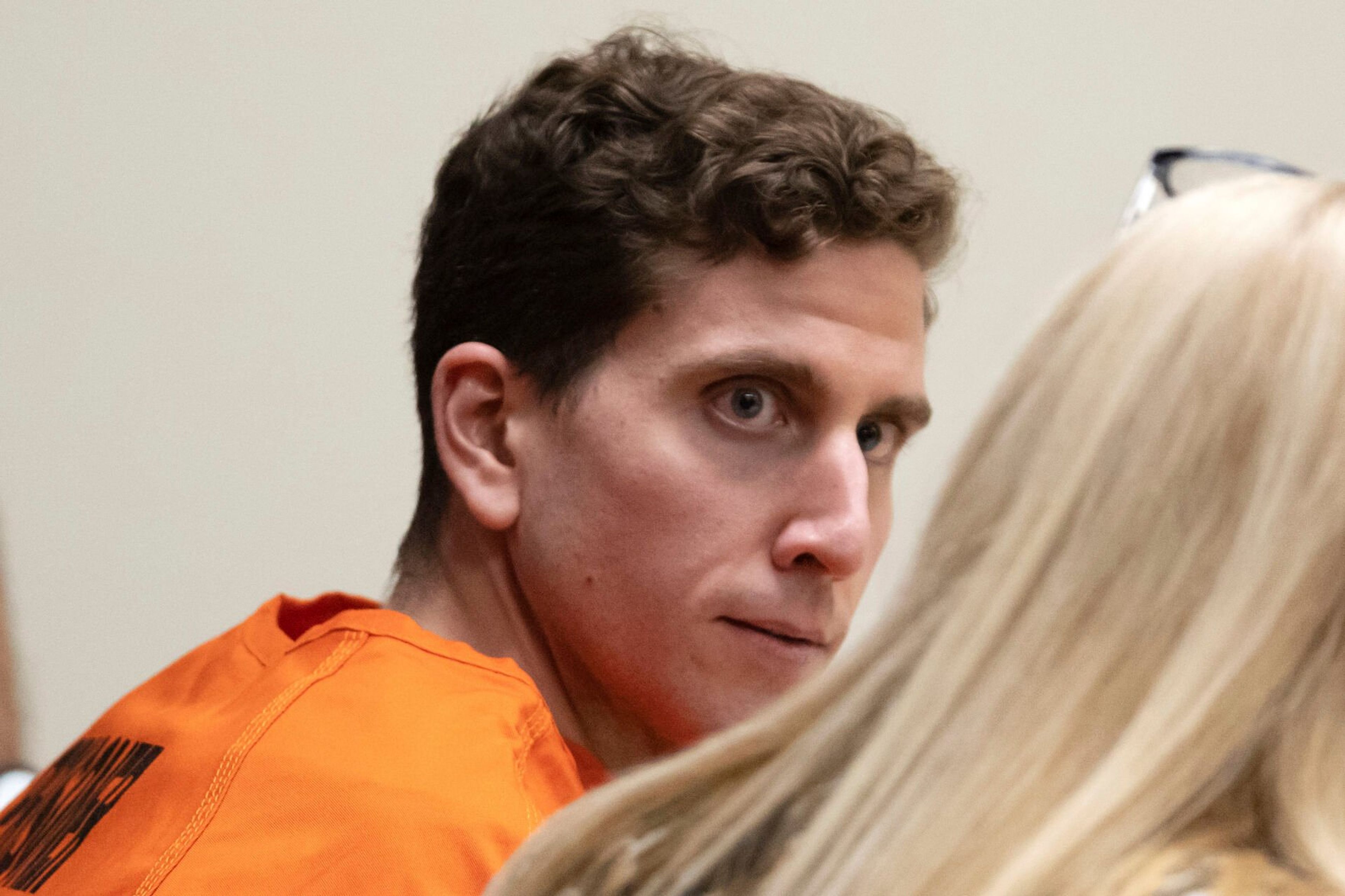The probable cause affidavit released last week details what led to the arrest of Moscow quadruple-homicide suspect Bryan Kohberger. The document provides some answers but generates more questions about the case that has garnered international attention.
Kohberger was arrested Dec. 30 in connection to the stabbing deaths of Xana Kernodle, Ethan Chapin, Madison Mogen and Kaylee Goncalves. He was returned to Latah County Jail on Wednesday and faces four counts of first-degree murder and one count of residential burglary.
The affidavit, which is available for viewing at coi.isc.idaho.gov, sheds light on the evidence and investigative techniques police used to determine Kohberger as the suspect. It also shares chilling statements from the surviving roommates who were at the King Road home when the victims were killed.
The document says nothing about the suspect’s alleged motive. Why did Kohberger allegedly kill these four students? Did he have a relationship with any of them? Did he allegedly target them?
The affidavit states that cellular data from Kohberger’s phone allegedly shows he was in the coverage area of King Road at least 12 times prior to the Nov. 13 murders. All of those occasions, other than one, allegedly occurred in the late evening and early morning hours.
The affidavit does not explicitly say if police believe this is stalking behavior, but police have investigated reports that Goncalves may have had a stalker.
Police believe the murders occurred between 4-4:25 a.m. Nov. 13. According to the affidavit, two surviving roommates were home during the attacks and one of them even witnessed the killer.
However, dispatchers were not notified until a 911 call was made on one of the surviving roommates’ phones at 11:58 a.m. The call requested aid for an unconscious person at the house. Police who responded found the bodies that afternoon.
It is still unclear why the 911 call was made nearly eight hours after the attacks. The affidavit also doesn’t explain why the caller reported an unconscious person.
Police were able to track the suspect’s alleged movements before and after the killings using a combination of surveillance footage and cellphone coverage data.
Using this evidence, police believe Kohberger left his Pullman residence shortly before 3 a.m. and was in the area of the King Road residence between 3:29 a.m. and 4:20 a.m. The suspect left and allegedly took a circuitous route back to Pullman, looping through the areas of Genesee and Uniontown.
Later that morning, it appears the suspect went back to the cell coverage area where King Road is located. The suspect also made trips to Kate’s Cup of Joe coffee stand in Clarkston and the Albertsons store in Clarkston later that day.
The affidavit states the cellphone was in the coverage area for Johnson, Idaho. But this could possibly be a misprint. The suspect’s alleged route back to Pullman would likely have taken him near Johnson, Wash., instead. Johnson, Idaho, is in rural Clearwater County where there is little to no cell service.
Police determined Kohberger’s vehicle is consistent with the white Hyundai Elantra in the surveillance footage as early as Nov. 29. Kohberger also matched the physical description the surviving roommate gave of the suspect. On Nov. 18, Kohberger registered his 2015 white Elantra with Washington. It had been registered in Pennsylvania.
It is not spelled out why Kohberger was allowed in mid-December to travel all the way to Pennsylvania, where he was arrested Dec. 30. It is possible police still needed more evidence than just a matching vehicle and physical description to get an arrest warrant.
Investigators were granted Kohberger’s full cellphone data Dec. 23. It appears the final significant piece of evidence they needed was matching the DNA from a knife sheath left at the crime scene with DNA found in the trash at Kohberger’s parents’ home in Pennsylvania. That trash was collected by Pennsylvania law enforcement Dec. 27.
The questions that have surfaced since Thursday’s release of the affidavit will likely remain unanswered for the foreseeable future. A gag order issued last week prevents police and attorneys from speaking publicly about the case.
Following Kohberger’s arrest, the Moscow Police Department urged anyone with information about Kohberger to contact its tip line at (208) 883-7180, tipline@ci.moscow.id.us or fbi.gov/moscowidaho.
Kohberger is scheduled for a status hearing Thursday in Latah County.
With the public’s help, maybe information will soon come out to answer the remaining questions about this case, including what might be the most important: why?
Kuipers can be reached at akuipers@dnews.com.









